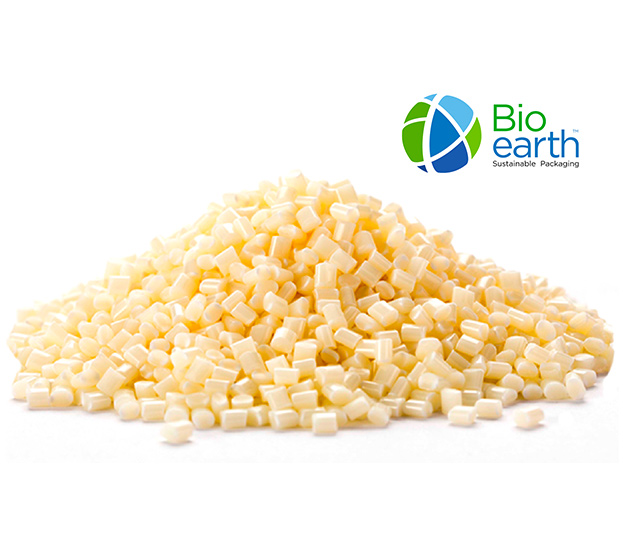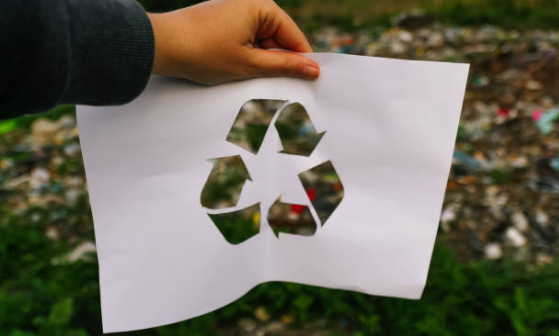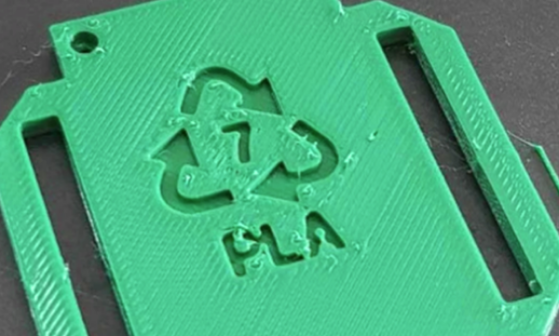What Is PLA?
Sustainable Packaging Materials
PLA is the abbreviation for Polylactic acid. It is made from the starch of vegetable matter via the polymerisation of lactic acid or lactide. It is derived from renewable resources such as corn starch, tapioca roots, or sugarcane. PLA can be used to make many different things like thermoplastics, bioplastics and other products. It is also commonly used for medical devices such as pins, rods, or plates that are expected to biodegrade and be absorbed by the body within 6-12 months.

What is PLA
PLA can be processed via extrusion, injection molding, casting, blown film, thermoforming, and fiber spinning. This allows it to be used for a great many products from 3d printers to compostable bags. PLA has a lower carbon footprint than oil requiring an average of 65% less energy and 63% fewer greenhouse gasses than petroleum based plastics.
PLA is a good alternative to applications for which LDPE or PET is commonly used such as thermo formed materials or in the case of flexible packaging as compostable bags which are able to degrade in a shorter amount of time than petroleum based plastics.
At its end of life and depending on the type of PLA it can be either recycled or composted. When sent to an industrial composter PLA turns into carbon dioxide and water within 90 days. Additionally certain types of PLA film have additives which allow it to reach this level of composting without using an industrial composter. In this case the bags just need to be cut into small pieces and be in a moist and warm environment where it will break down very similar to how you would typically compost something in your garden.
What are the strengths of PLA plastic?
Has a lower carbon footprint during production than petroleum based plastics
Properly disposed of it breaks down and is biodegradable and compostable
Comes from a renewable resource
Its production is more energy efficient
Does not have issues with food contamination as it is composted and not recycled unlike petroleum based plastics
Home compostable PLA bags are a great way to replace single use bags as these are often capable of decomposing even if thrown out into a landfill
High stiffness and strength allowing for thin wall part designs
What are the weakness of PLA plastic?
Price. As it does not have the same manufacturing scale as petroleum based plastics it is more expensive
Infrastructure for industrial composting is lacking in many parts making composting of some PLA difficult
Requires a lot of food to product which translates into land use for compostable packaging competing with land use for food production potentially increasing food pricing
PLA has an average usable lifespan of 6 months making it difficult to hold a large amount of packaging at once as it may start to degrade before being used
Not ideal for perishable foods as the compostable nature of PLA compromises their shelf life and integrity

What is the end of life of PLA bags?
Depending on the specific type of PLA bag these can be either industrially composted where they will break down into carbon dioxide and water within 90 days. Some PLA bags are home compostable and can be cut up and thrown into a home composter where it will also break down within 180 days.
PLA market trends
The global PLA market has been growing steadily each year and is reported to reach USD 3,306,708.2 thousand by 2028.


